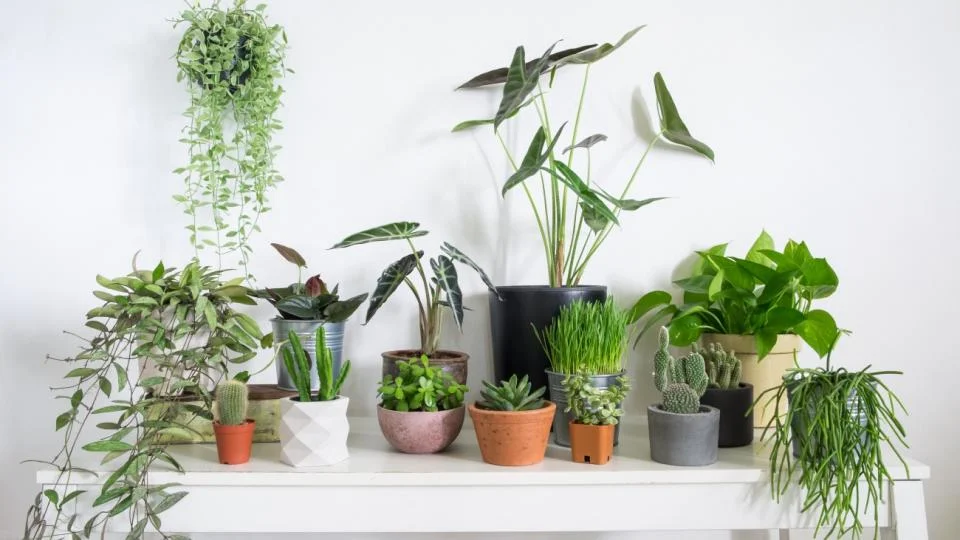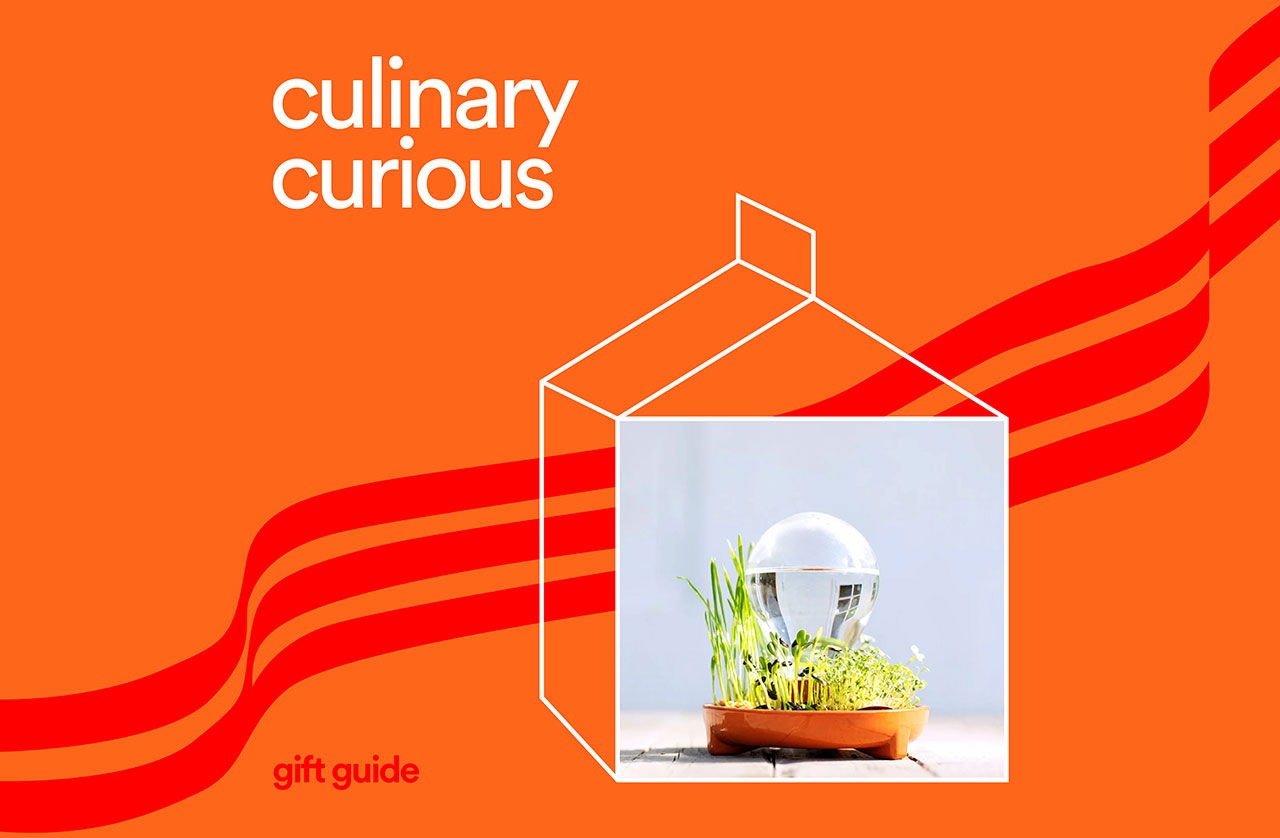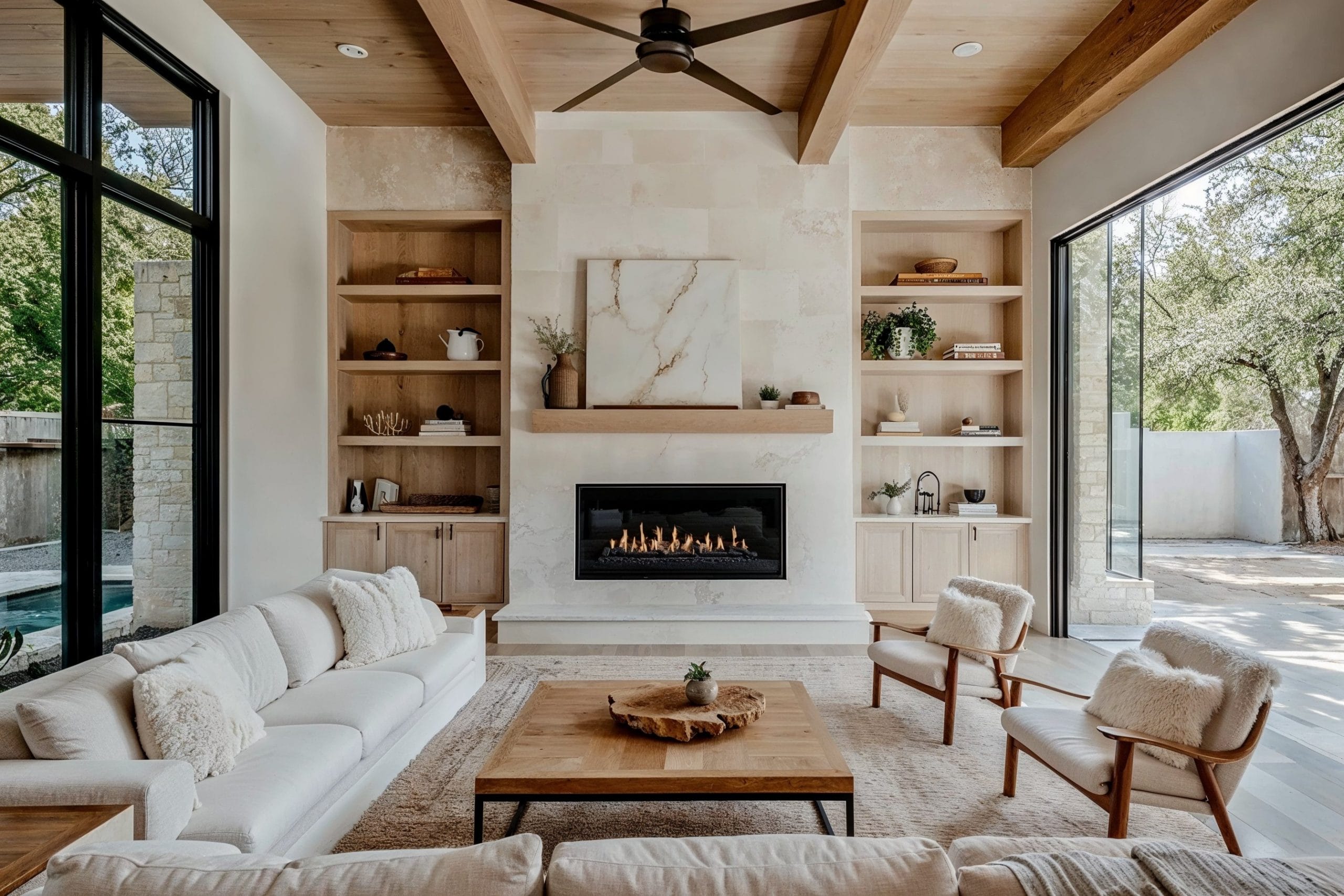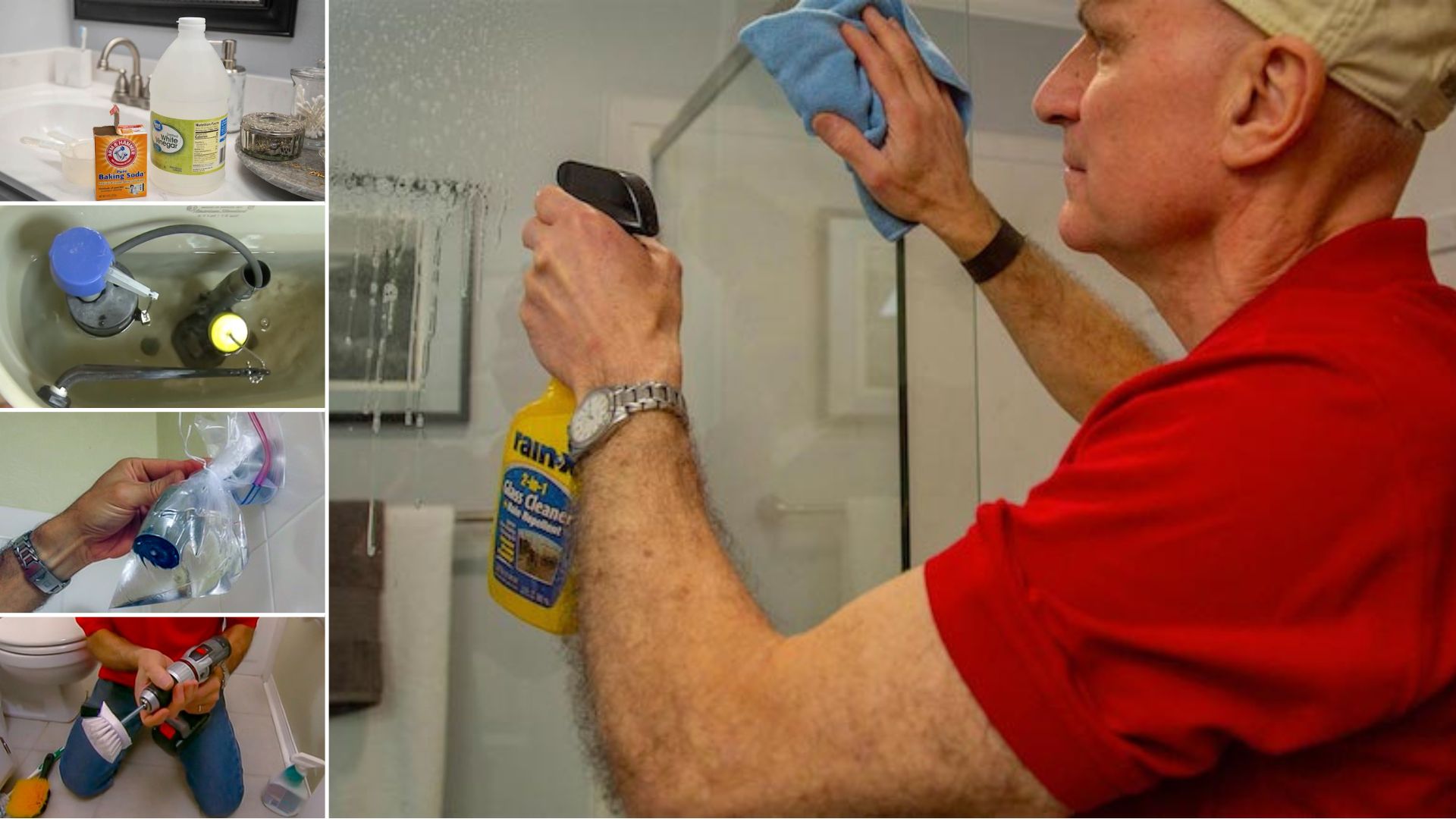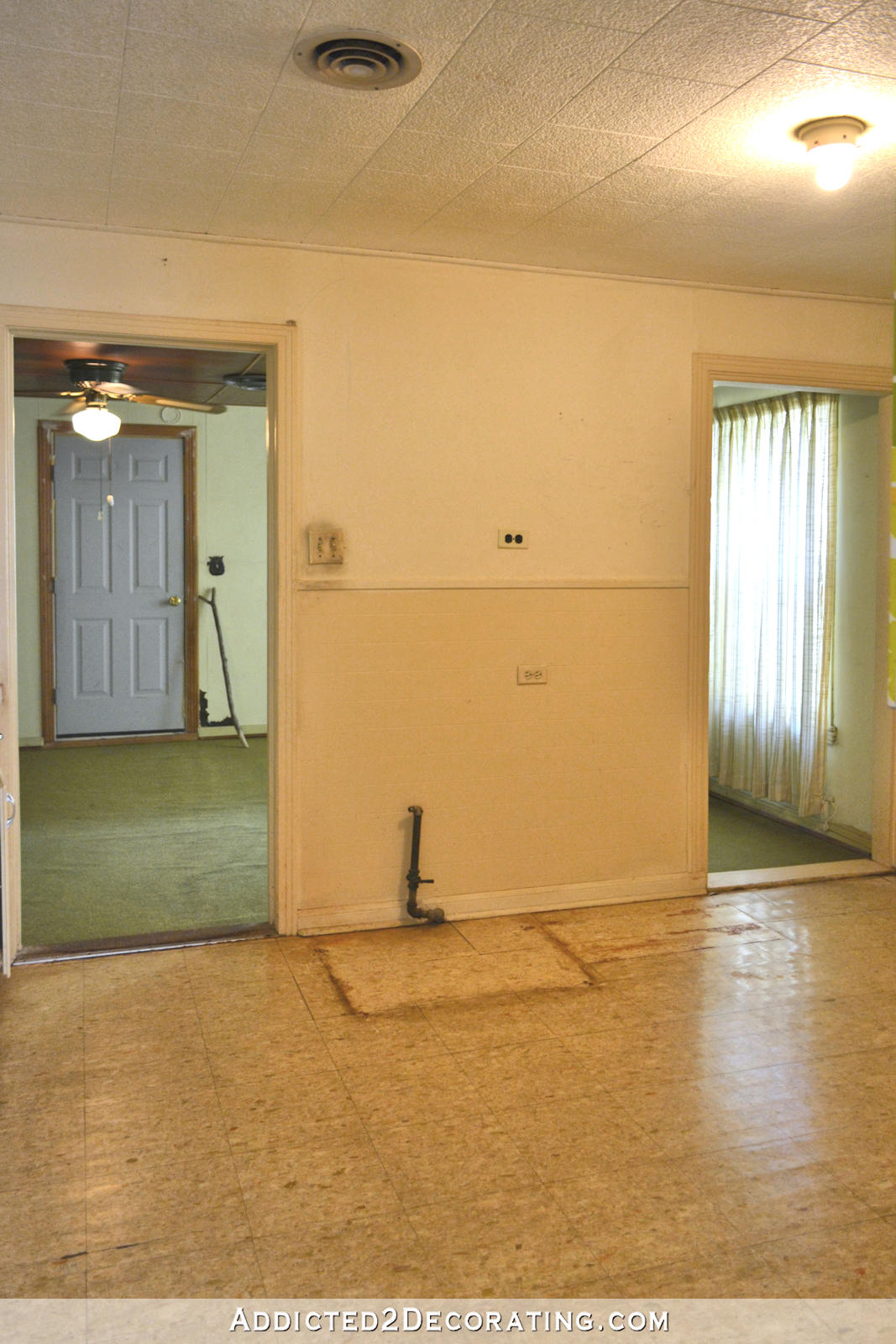Indoor gardening can be an amazing way to bring nature inside and uplift your interior décor. Whether in pots or grow beds, growing plants indoors can also be a way to get fresh veggies, fruits, and herbs regardless of the season or how much space you have outdoors in your home.
However, it can be quite a puzzle to figure out which plants to grow indoors, especially if you’re just getting started. Whether it’s for decorative purposes or you need to extend the growing season of your favorite veggies, below are some beginner-friendly plants you may consider growing inside.
Houseplants
While sprucing up your space, houseplants are an amazing way to improve indoor air quality and add some calm to your space. As a beginner, below are some easy-to-maintain houseplants you may consider growing.
1. Spider Plant:
The spider plant is fairly easy to take care of. It doesn’t require much light and can even do well in low-light spaces that most plants would otherwise not tolerate. Keep this plant happy in your home by watering it whenever the topmost 2-inches of soil dry up.
2. Aloe Vera:
From the bathroom to the living room to the kitchen, aloe plants can do well in just about any room in your home. They may only need watering once a week. Plus, aloe leaves can have numerous health applications.
3. Snake Plant:
Also known as Sansevieria, the snake plant is among the best natural air purifiers. While it won’t mind a little sun exposure, this low-maintenance plant can do well in low-light areas and won’t demand too much water or your time in tending to it.
4. Peace Lily:
Not only are the dark-green leaves dazzling, but their flowers are also pretty charming when displayed in any space indoors. Easy to care for, the peace lily is also a great natural air filter. Just place it in a space that receives some decent amount of light.
Vegetables
Whether you use grow boxes or elevated grow beds, there’s a wide range of veggies you can grow inside your home. Some of them are pretty easy to care for, including the following:
- Green Onions
- Carrots
- Radishes
- Herbs
- Microgreens
- Hot peppers
Tips for Growing Plants Inside
Besides choosing the right plants, below are some tips you might find helpful when getting started with growing plants inside your home.
1. Using Grow Lights
If you live in a space with minimal sunlight, you can use grow lights to cultivate your plants. Grow lights, which mimic natural sunlight, ensure that your plants receive the adequate amount of light they need to grow healthily and reproduce. If you’re just getting started, a single LED grow light bar could be all you need. You can thereafter invest in more as you expand your growing space.
2. Invest In a Dehumidifier
Especially if you’re growing plants in the basement or another area where there’s little air circulation, investing in a dehumidifier can be a great plus. It helps keep moisture levels conducive enough for your plants to grow healthy.
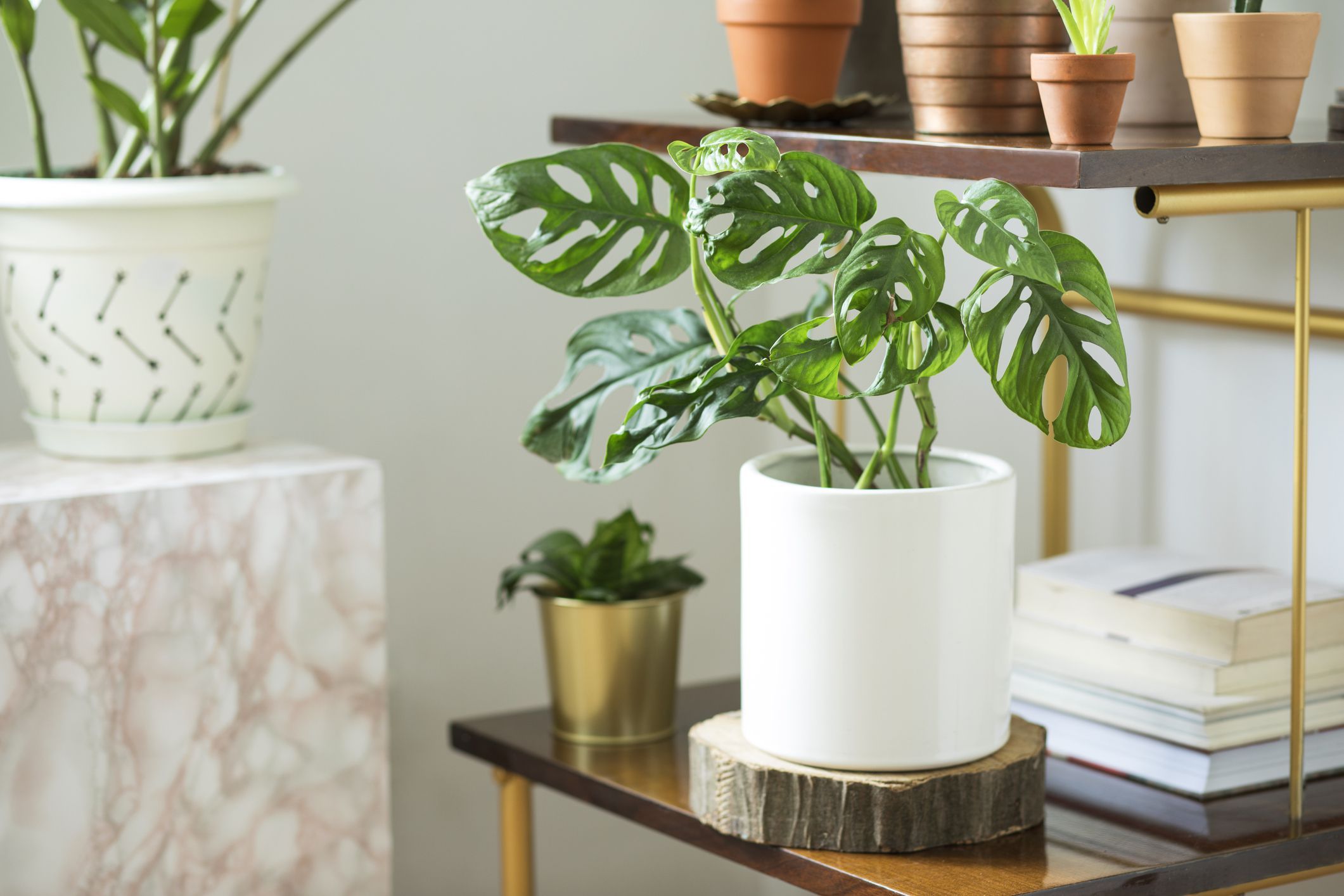
3. Consider Growing In pots
Of course, this is the best option to consider if you’re growing ornamentals or aesthetic house plants like aloe and spider plants. Consider investing in pots with a mesh bottom to avoid flooding when watering.
4. Choose the Right Soil
Each plant has a specific soil in which it grows best. Before you bring in the soil, consider having it tested in the lab to assess nutrient and PH levels. The soil analysis report will also help determine whether you need to add fertilizer to support the plants you intend to grow. It’s also best to ensure the soil is pest-free.
5. Try Hydroponics Gardening
You don’t need much space to grow your vegetables indoors. Plus, hydroponics gardening is a good way to maximize your space and turn it into a bountiful harvest of fresh veggies.
6. Ensure Adequate Watering
Finally, always ensure that your plants get a decent amount of water. Stay on top of your watering schedules, and always inspect your plants regularly to ensure they’re growing well and are getting all the nutrients they need.
Not only will growing plants indoors in your home help you create a beautiful space, but you’ll also be enhancing your home’s indoor environment. For optimal productivity, make sure to follow the above tips when growing any indoor plants in your home.

